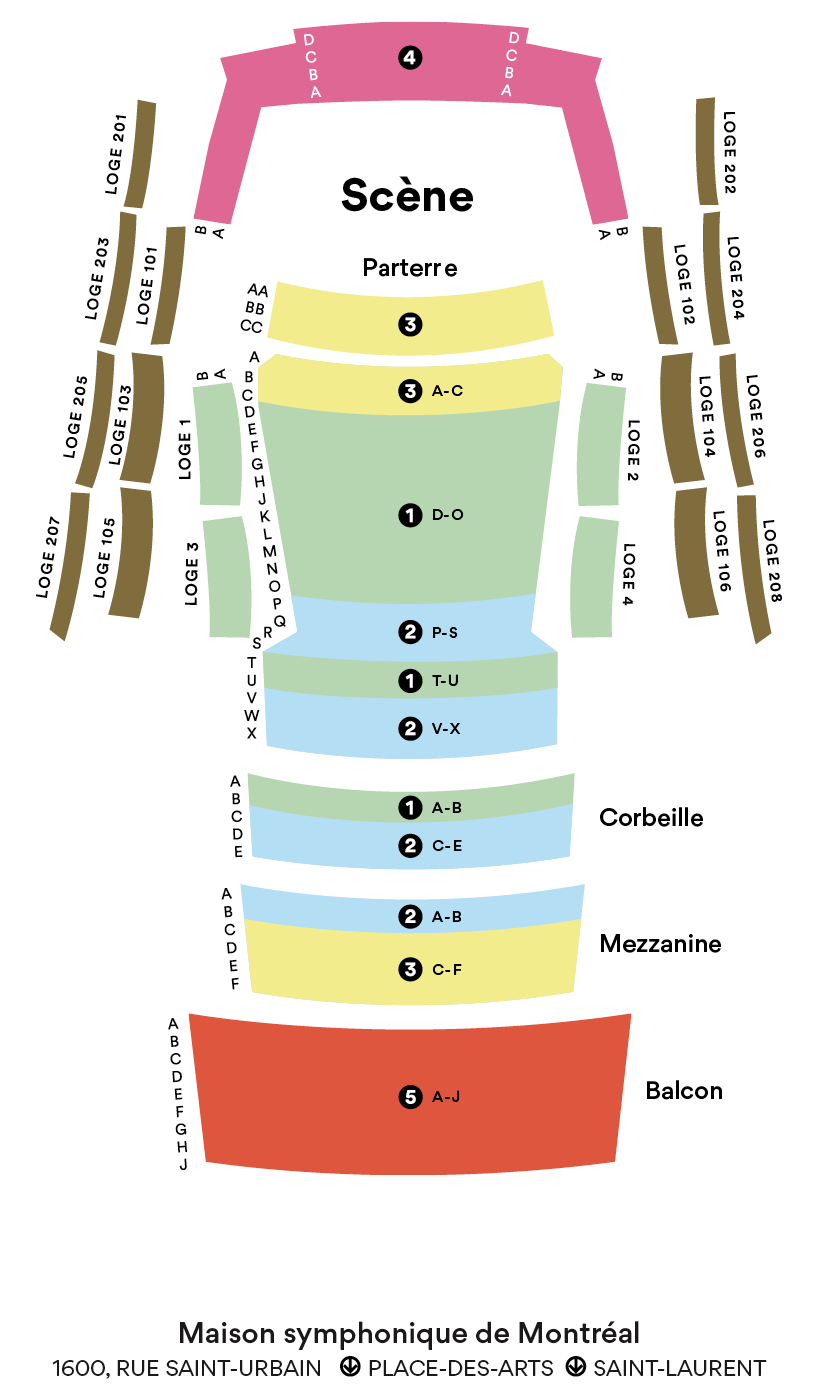Piano Concerto
Lūcija Garūta
1902 – 1977
After setting to music the shenanigans of a blundering apprentice, Paul Dukas himself took up the teacher’s role at the École normale de musique in Paris. Among his students shone the young Latvian pianist Lūcija Garūta.
Before departing for Paris, Garūta had already enjoyed a successful performance career in her hometown of Riga. Soon after she returned, fortified by her world-class training, she began composing while maintaining a teaching position.
Written in 1951 and orchestrated in 1955, Garūta’s Piano Concerto is dedicated to the memory of her niece Lailiņa, who had died at the age of only 12 from a cardiac illness; the Concerto’s second part is subtitled In Memoriam to mark this loss. Garūta’s first submission of the work to the Council of the Soviet Latvian Composers’ Union was poorly received: the council judged that it cultivated subjective and tragic sentiments that served no-one. Garūta set about steadily reworking her Concerto and submitted it for a second appraisal, this time to triumphant success: the Union declared it to be one of the most accomplished piano concertos in all Soviet Latvia.
The Concerto was premiered via radio broadcast in 1952 to great acclaim. Unabashedly Romantic in style, the first movement, while tinged with drama and despair, also embodies the defiance of adversity. There is a discernible kinship with Rachmaninoff’s rhapsodic panache. The movement’s second theme turns to milder reflection and appears to summon memories of the young Lailiņa.
The second movement is a series of variations on two Latvian funeral folk songs. Its tone of painful sadness yields to some truly heartbreaking episodes, but also, at times, to moments of sheer radiance. As its second section begins, the sweet and tender tones of the flute seem to transcend all the vicissitudes of nature and life.
The third movement opens on a solemn chorale of sorts, though the atmosphere changes radically with the playful and impish entrance of the piano, like a reminiscence of the departed little girl conjuring fond merriment. This material, incidentally, is borrowed from other works written during a less troubled time in Garūta’s life, when the little Lailiņa would gather her bouquets of flowers in springtime. While the soloist’s stride appears more introspective, the concerto’s conclusion strongly affirms an avid hunger for life and the powerful richness of memory.
